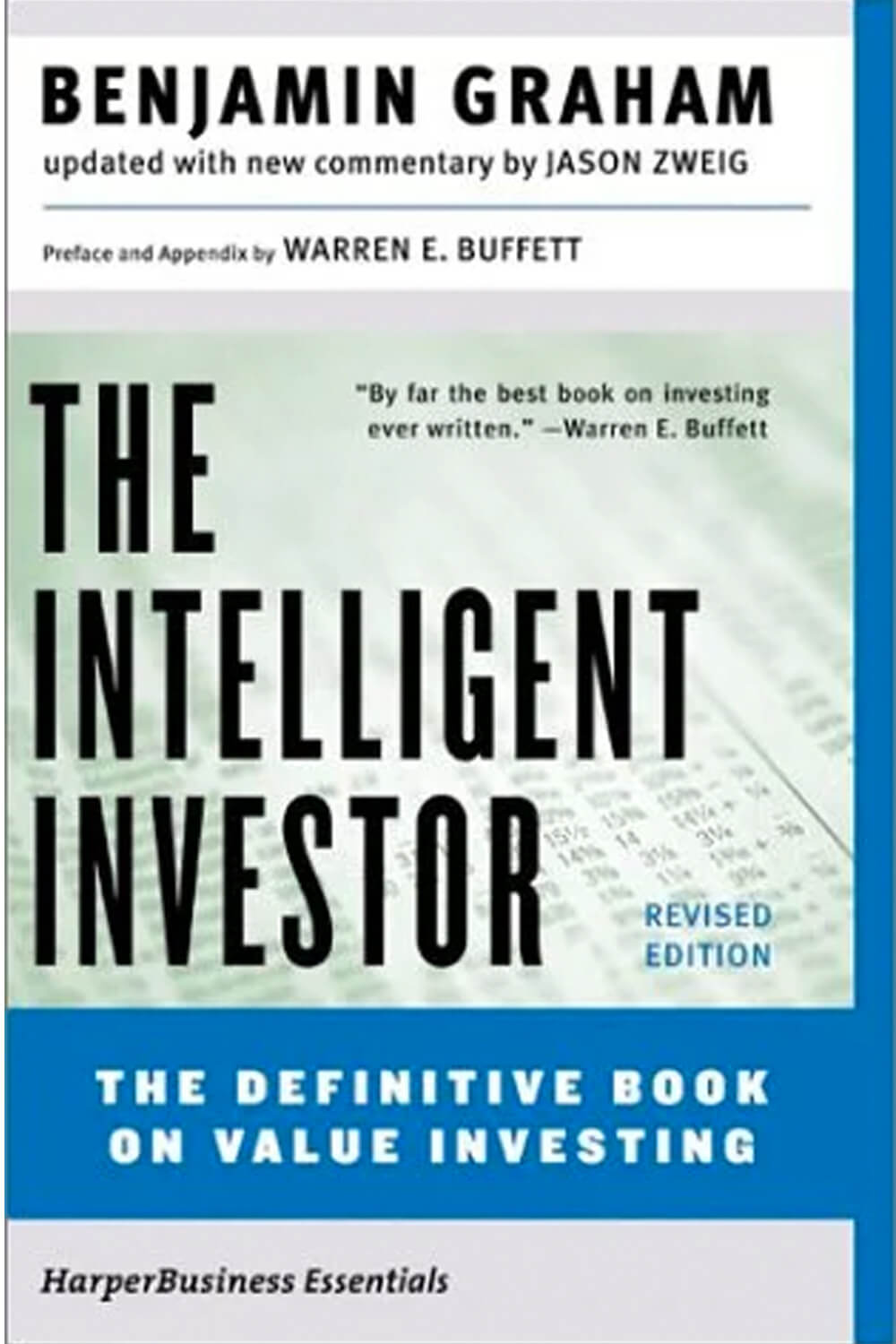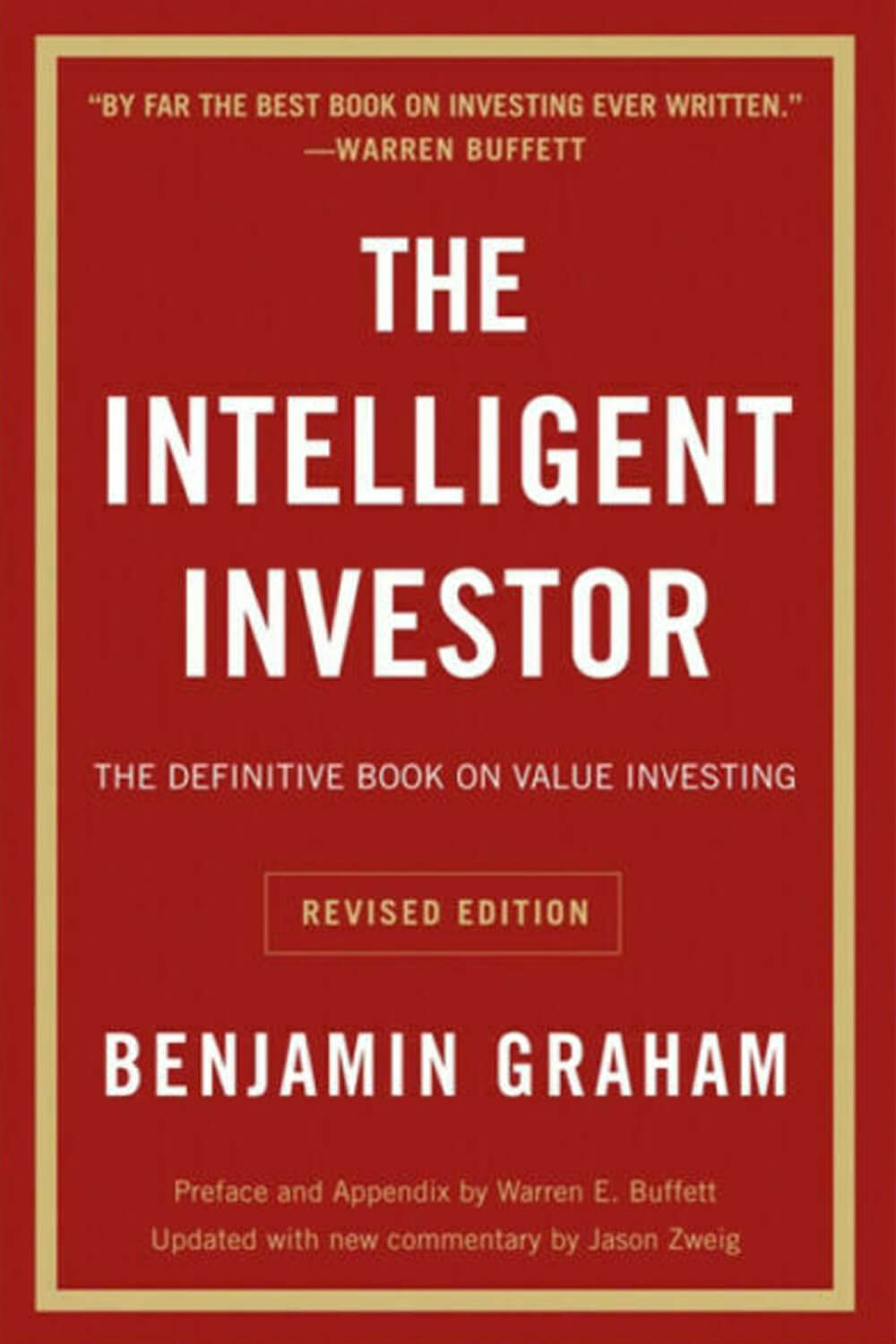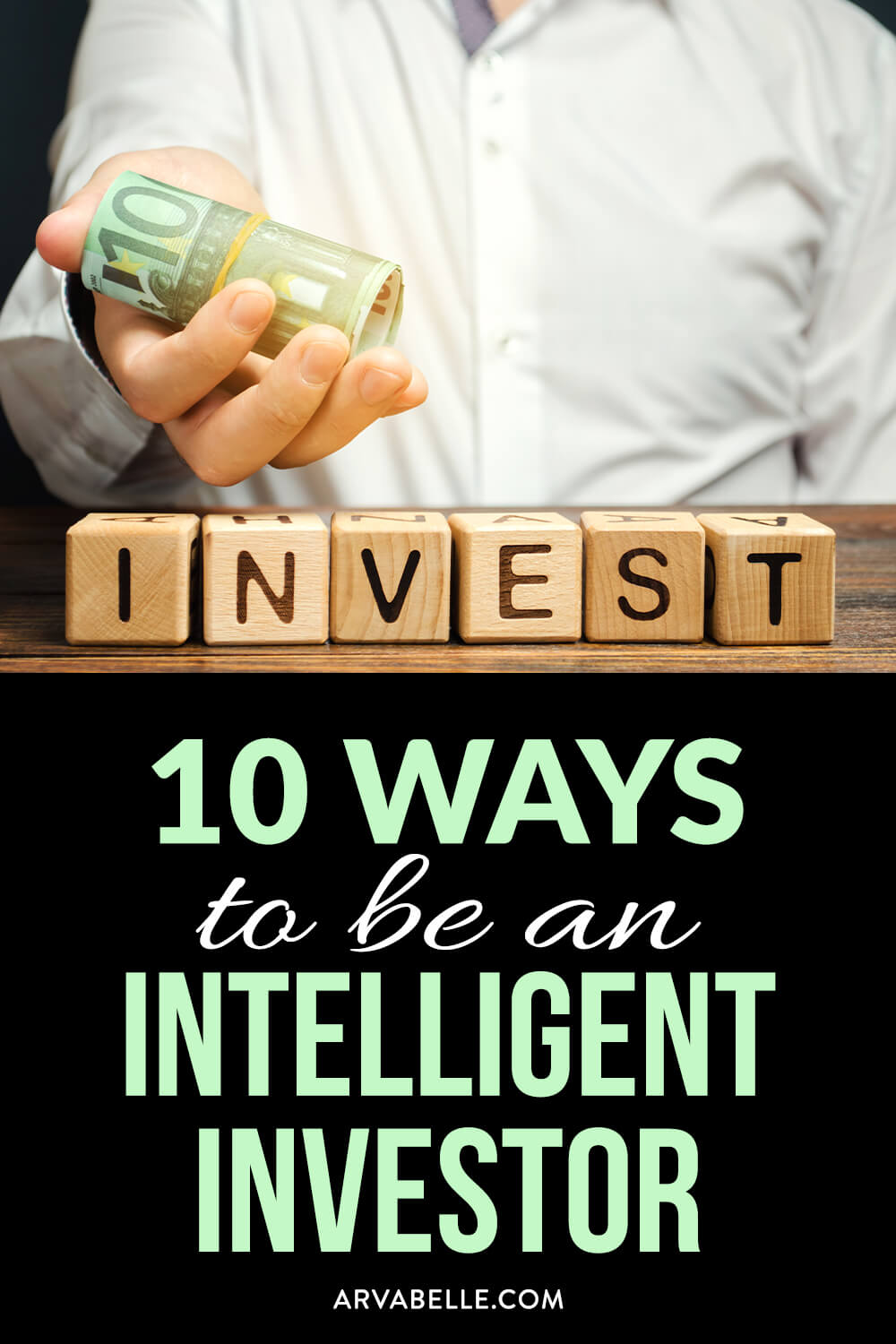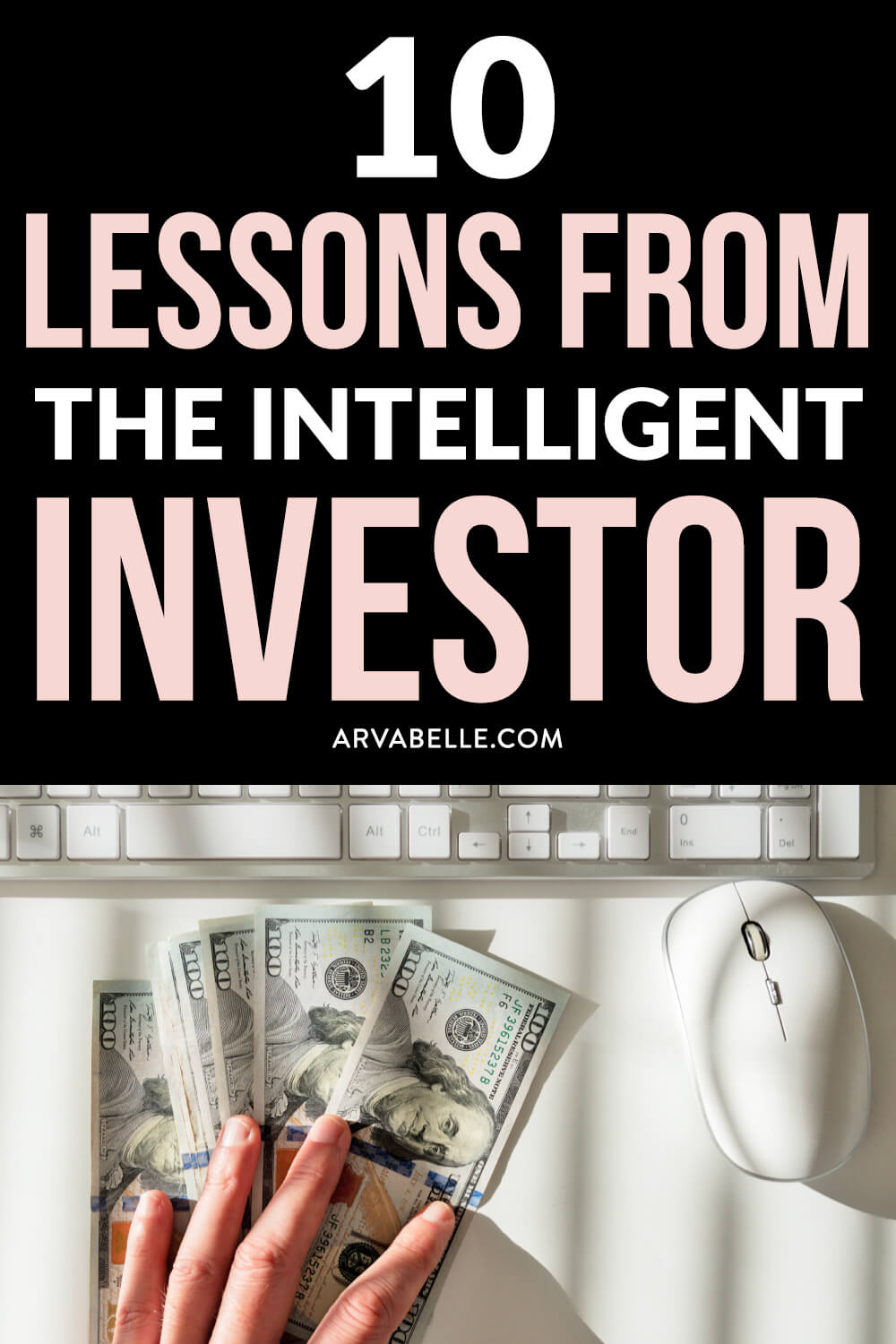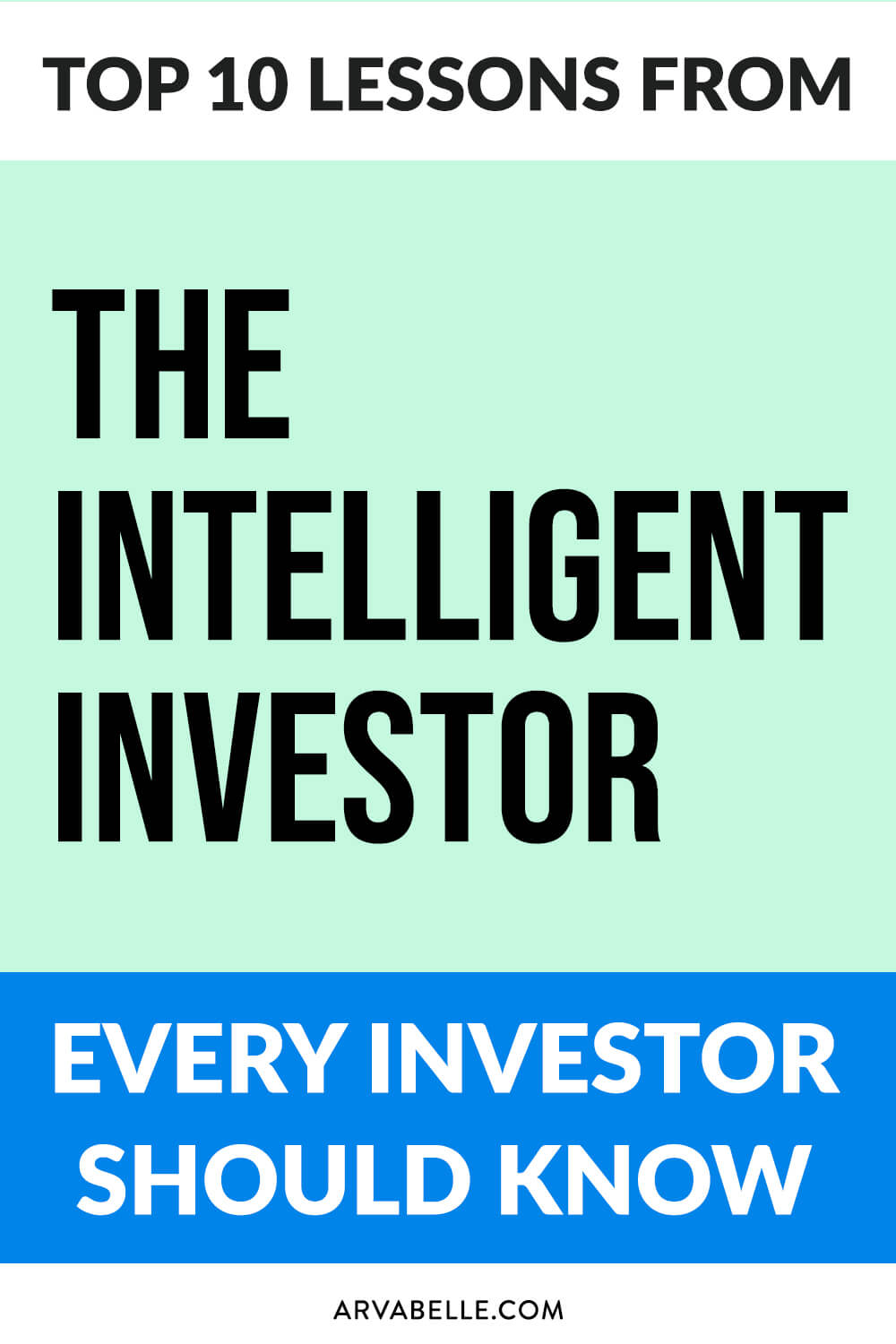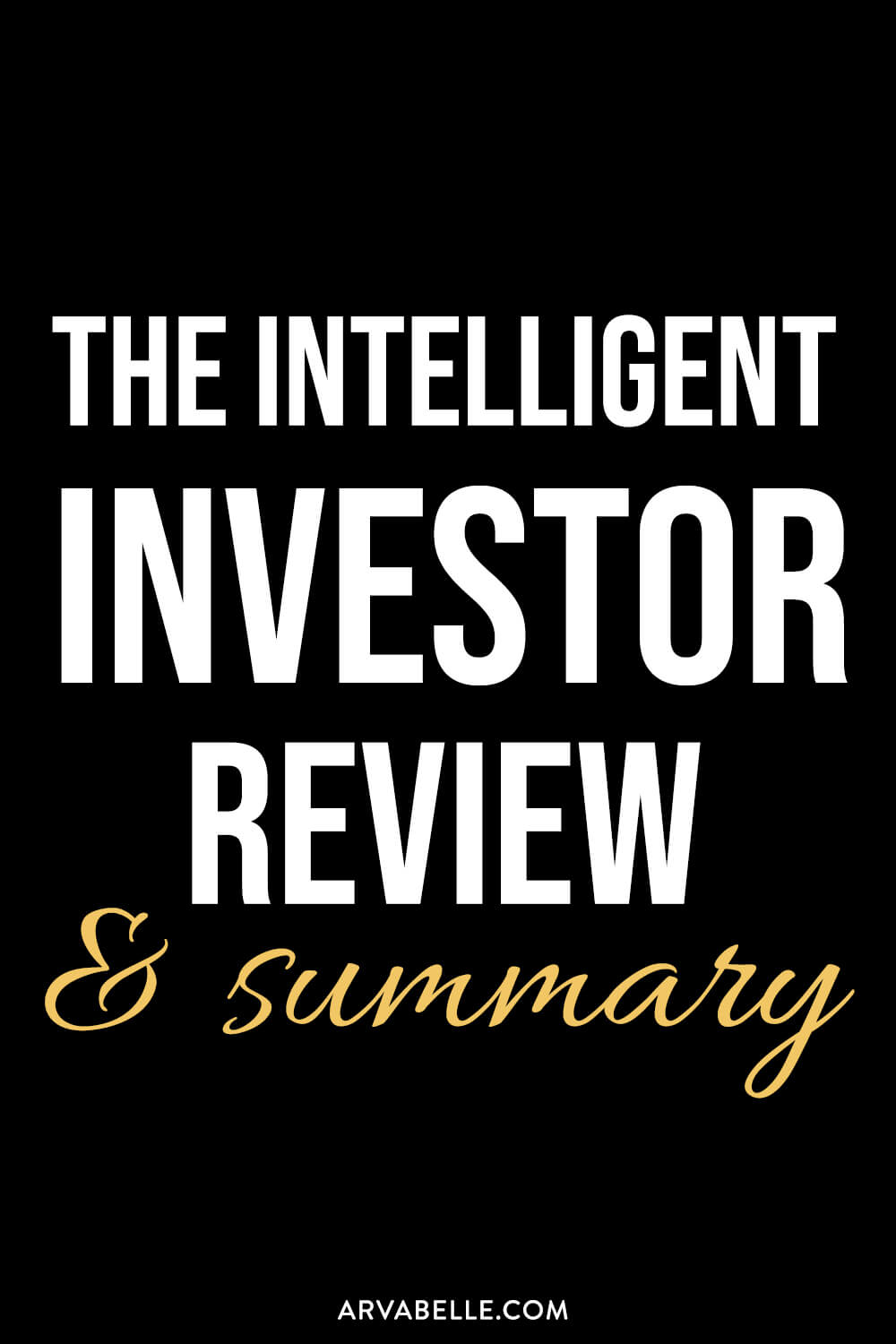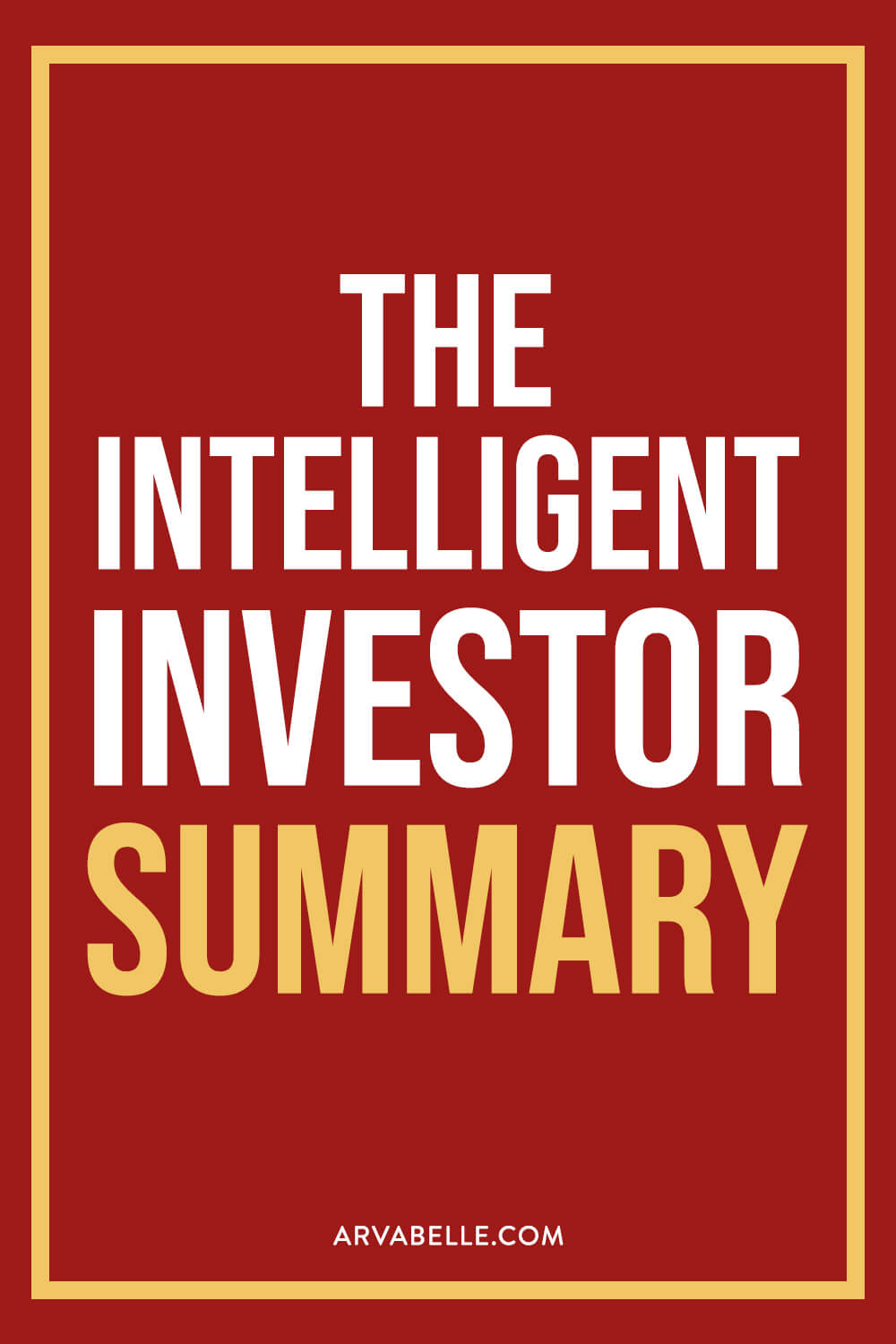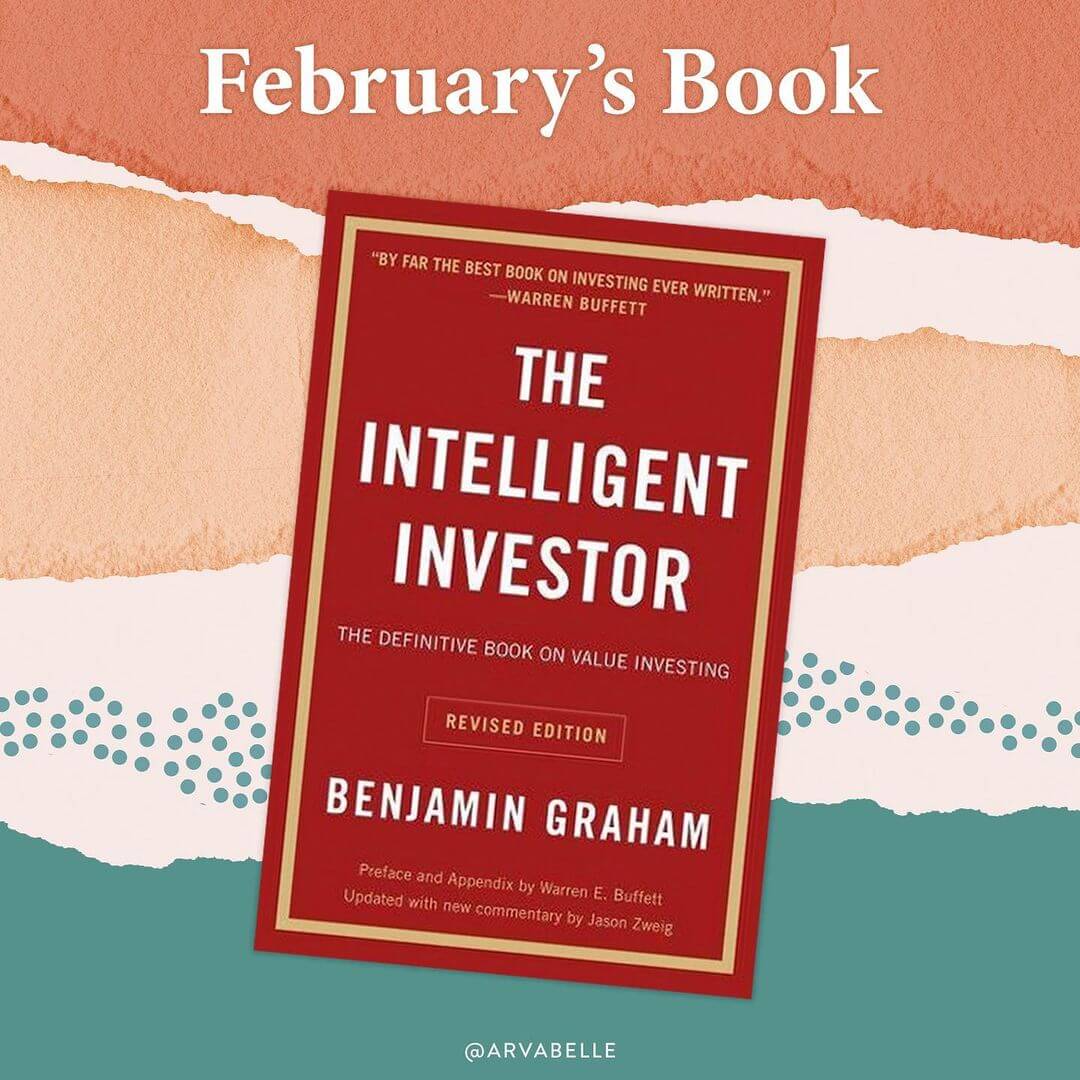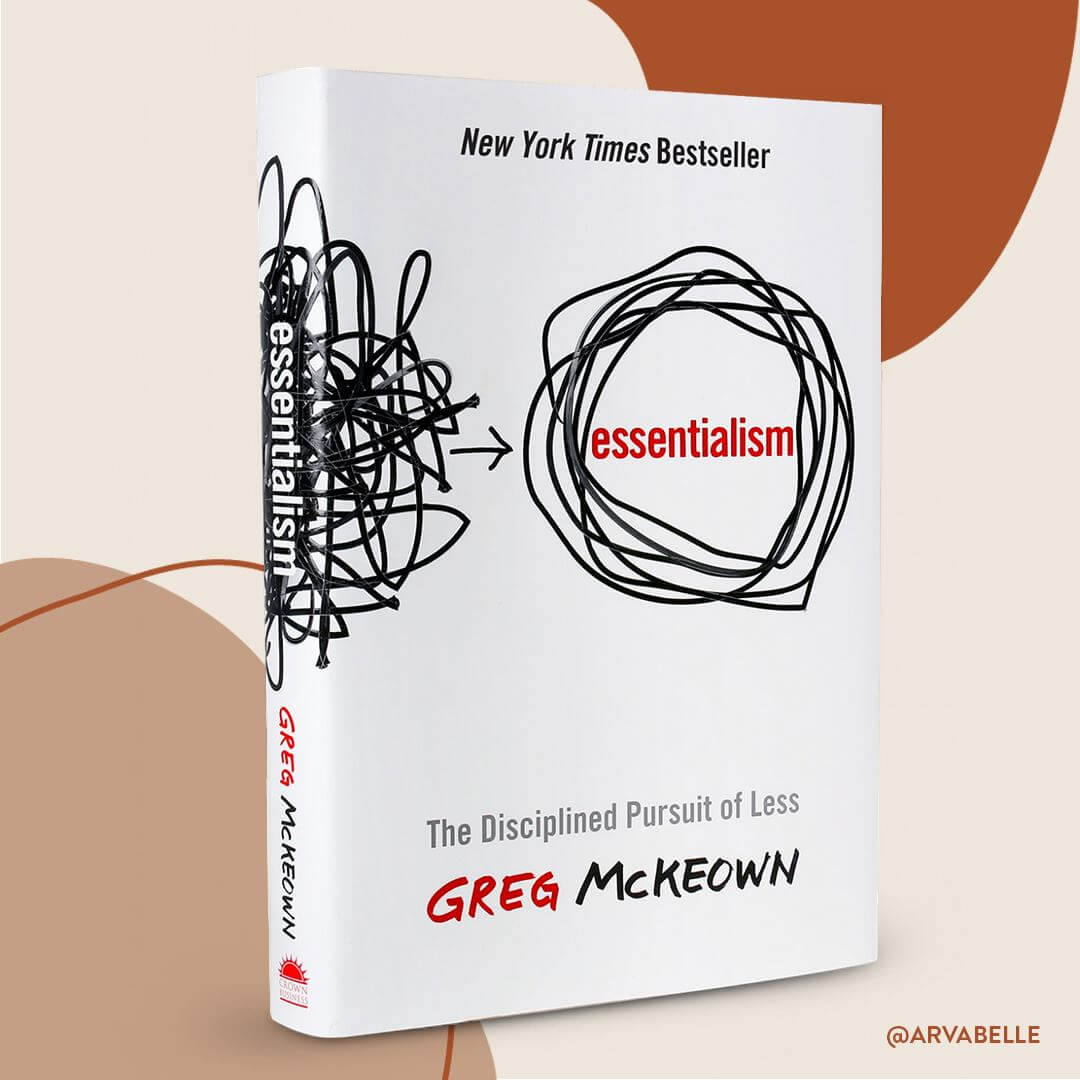The Intelligent Investor by Benjamin Graham is a classic book on the principles of value investing. Praised by Warren Buffet, it’s a book that every investor should try to read at least once in their lifetime.
Is The Intelligent Investor for beginners?
Yes! The Intelligent Investor by Benjamin Graham is a great investing book for beginners. However, if you are a beginner investor, it may be helpful to first learn a few basic investing terms and concepts first.
Here are a few terms that may be helpful to research before starting The Intelligent Investor:
- Stocks
- Bonds
- ETFs and Index Funds
- Volatility
- Intrinsic Value
What do I need to know before reading The Intelligent Investor?
The Intelligent Investor is a book written for beginners and experts alike. As long as you have a basic understanding of the stock market, you’ll be able to pick up this book.
Is The Intelligent Investor Outdated?
Even though The Intelligent Investor was first published in 1949, the concepts of value investing are still applicable to the stock market in modern times. There have been several revisions published. Purchasing the most recent revision will provide you with the most up-to-date information.
Benjamin Graham and Warren Buffet
Warren Buffet first read The Intelligent Investor when he was 19 years old. Later, when Warren Buffet entered Columbia Business School, Benjamin Graham became Buffet’s professor.
Warren Buffet has referred to The Intelligent Investor as “By far the best book on investing ever written”.
What does the Intelligent Investor teach you?
The Intelligent Investor is packed with useful investing strategies and information. Here are a few key takeaways from this classic book.
10 Key Lessons

"An investment operation is one which, upon thorough analysis promises safety of principal and an adequate return. Operations not meeting these requirements are speculative."
1. Investment vs Speculation
Benjamin Graham starts off the book by defining the difference between investing and speculation. He comments that there are three goals when choosing an an investment:
1. Using thorough fundamental analysis
2. Seeking safe and steady (but adequate) returns
3. Protecting against loss
We’ll break down these goals further in the following sections.
2. Determine What Type of Investor You Are
The Intelligent Investor categorizes the types of investors in two ways:
The Active/Enterprising Investor &
The Passive/Defensive Investor
An active or enterprising investor is an investor that regularly researches and analyzes the fundamentals of potential stocks and bonds. This type of investing requires time and dedication on your part.
A passive or defensive investor often creates a long term portfolio that can be automated. Often times, defensive investors may include ETFs or other funds in their portfolio. This type of diversification allows them to put their finances on autopilot.
Investing passively requires much less time than active investing. However, you will still need to remove your emotions from your decision making. Knowing that stock prices will fluctuate, passive investors will need to be able to get through both the highs and the lows of the market.
3. Inflation
Why invest in the first place? According to Benjamin Graham, protecting against inflation is one major reason to invest.
Inflation happens when the dollar loses value or purchasing power.
To put this into perspective, if you had $1 in 1900, you could have bought 70 lbs of potatoes. In today’s world, you’d be lucky to find a pack of gum that costs $1.
Graham also describes a psychological phenomenon that he refers to as the “money illusion.” He gives an example of a scenario in which we stay content with our money depreciating – simply due to the “feel good” effect of getting a small raise.




"If you receive a 2% raise in a year when inflation runs at 4%, you will almost certainly feel better than you will if you take a 2% pay cut during a year when inflation is zero.
Yet both changes in your salary leave you in a virtually identical position—2% worse off after inflation. So long as the nominal (or absolute) change is positive, we view it as a good thing—even if the real (or after-inflation) result is negative."
Let’s say you saved $1 under your mattress or in a bank for 100 years. You also invested $1.
The dollar you tucked away is worth much less today. However, the dollar you invested had the potential to hold or grow its value over time.
4. Fundamental Analysis
Throughout The Intelligent Investor, emphasis is placed on the importance of using fundamental analysis to choose your investments. According to Graham, investments should be based on the company’s numbers and performance – not your emotions.
These are some of the factors that Benjamin Graham looked at when selecting stocks:
- EPS (Earnings Per Share)
- P/E Ratio (Price to Earnings Ratio)
- Long term growth rate
Throughout the book, Benjamin Graham reiterates his belief in sticking to these fundamentals – even if you are familiar with a stock. To Graham, knowing and using a company’s services in your personal life does not override the fundamentals. He believes that if the numbers don’t line up, buying a familiar company’s stock as an investment doesn’t make sense.
5. Value Investing
The goal of using fundamental analysis is to find a company’s intrinsic value. Intrinsic value is the “true” value of a company, or a measure of how much the company is actually worth.
Once you figure out the intrinsic value of a stock, the goal of value investing is to find stocks that are trading under this intrinsic value. Benjamin Graham’s investing objective is to buy these stocks that are undervalued.
6. Diversification
As you’ve probably heard many times, diversification is key, and The Intelligent Investor reinforces this idea.
Diversification means having a variety of assets in your portfolio. Benjamin Graham discusses having a mix of stocks and bonds. He also touches on investing in REITs and index funds as an alternative way to diversify.
The way in which you choose to diversify will greatly depend on if you are an active investor or a passive investor. However the concept remains the same – don’t put all your eggs in one basket.
7. Dollar Cost Averaging
Another lesson from The Intelligent Investor is that dollar cost averaging is a good way to stay consistent, without timing the market.
Dollar cost averaging simply means investing a consistent amount over time. The key with dollar cost averaging is to invest a fixed amount of money each month (or week), regardless of share price.
Let’s say you invest $500 every month to max out your Roth IRA.
That $500 will buy fewer shares when the market is up, and more shares when the market is down. However your average share price will likely even out.
If you use dollar cost averaging in your investing strategy, using a platform like M1 Finance that allows fractional shares can be extremely beneficial.
8. Don’t trust the market/ Mr. Market
One of the most well known pieces from The Intelligent Investor, is the imaginary character “Mr. Market”.
Mr. Market is a character that shows up every day with a price quote for will buy or sell stocks for. His quotes depend on his mood and outlook – which swings between wild optimism and extreme pessimism.
Benjamin Graham created Mr. Market as an allegory to represent the emotional swings and groupthink that affects the stock market and investors.
With this allegory, Graham points out that optimism in the market causes stock prices to go up, whereas pessimism causes stock prices to go down. He advises against immediately reacting to these swings in the market.




"Never buy a stock immediately after a substantial rise or sell one immediately after a substantial drop."
9. Price matters, don’t overpay
We touched on dollar cost averaging, or investing consistently without worrying too much about small prices changes. However, Benjamin Graham suggests that even if a company is “good”, you shouldn’t overpay for their stock.
A good company at a bad price is not a good investment.
An investor will never be 100% correct – there’s always risk involved. This is why Graham believes that in order to minimize some of the risk, investors should refer back to their fundamental analysis and never overpay.
10. Margin of Safety
Margin of safety is one of the key concepts from The Intelligent Investor that is a recurring subject throughout the book.
Margin of safety is partially based on the difference between the “true” value of a stock and the price it’s trading at. Buying undervalued stocks gives you a bit of buffer room between the market price and the intrinsic value of the stock.
Having a diverse portfolio is also a way to build in that margin of safety.
How do I become an intelligent investor?
Many of the lessons from The Intelligent Investor tie into Graham’s overall beliefs of using fundamental analysis, seeking safe and steady returns, and reducing the risk of significant loss.
Benjamin Graham believes that all investors should be thoroughly researching their investments, diversifying, and avoiding hype in the market.
The next book we’re reading is Essentialism. Be sure to subscribe to our newsletter and join in on the next book!
